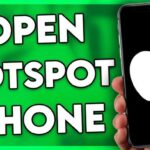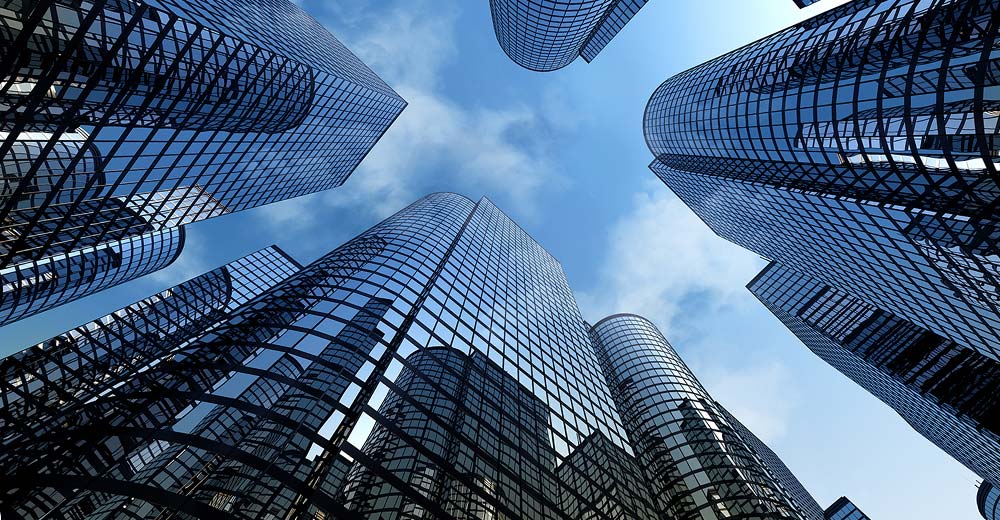
Types of SSD (Solid-State Drive).
You want to get a new SSD to increase your system’s speed. However, how do you make a decision? Your choice will be influenced by the SSD’s form factor, size, and shape, as well as the kind of storage connection in your system. Additionally, the SSD you select will have a PCIe-based NVMe or SATA storage interface.
SATA has been the more widely used of the two over time. But NVMe was created expressly for SSD use, while SATA was first intended for HDDs and then modified for use with SSDs. Multiple form factors are supported by NVMe SSDs, making this technology adaptable for a wide range of storage devices, including all-flash arrays and servers.
The industry standard interface for anything from servers in the most cutting-edge data centers to the newest game consoles, laptops, and desktops for end users, NVMe is rapidly gaining traction.
What variety of SSDs exist?

The three main SSD types—2.5″, M. 2 (SATA & NVMe), NVMe PCIe SSD, and U. 2 (formerly SFF-8639)—each have unique benefits and drawbacks.
Which kind of SSD is more rapid?
Compared to SATA M.2 SSDs, NVMe M.2 SSDs are significantly more performance-driven. NVMe M.2 SSDs may theoretically transmit data at up to 20 Gbps by utilizing the PCIe bus, which is already faster than SATA M.2 SSDs’ 6 Gbps. 1x, 4x, 8x, and 16x lanes can all be supported by PCIe buses.
What is the meaning of NVMe?
Express Non-Volatile Memory
A protocol called NVMe (Non-Volatile Memory Express) was created to connect SSD (solid-state drive) storage to CPUs or servers via the PCI Express (PCIe) bus. In order to increase speed and performance, a group of major IT companies developed NVMe in 2008.
What is the acronym for SATA?

Comparing SATA Cables and Speeds | Eaton
Attachment for Serial Advanced Technology
Serial Advanced Technology Attachment, or SATA for short, is the industry standard bus interface used to link storage devices including solid-state drives (SSD), optical drives, and hard disc drives (HDD) to a computer’s host bus adaptor.
SSD form factors include M.2, U.2, and 2.5″.
2.5″
Finding out which form factor fits in your system is the first thing you should know while looking for SSDs. SSD sizes and designs vary widely. For instance, the most popular SSD kind, which fits into the majority of laptops and desktop computers, is 2.5″. It connects via SATA cables and is shaped like a conventional hard disc drive (HDD), giving users a highly comfortable and familiar experience.
M.2

M.2 Slim laptops and notebooks now typically use M.2, another form factor, for storage. Its small size is frequently likened to a stick of gum, and in most circumstances, it may be easily installed directly onto the motherboard. It comes in multiple lengths to accommodate varying SSD drive capacities. Higher capacity drives can be produced by mounting additional NAND flash chips on longer drives.
mSATA

Mini-SATA, often known as mSATA, is essentially a scaled-down variant of the SATA SSD. While it employs a small form factor similar to M.2, the two are not compatible. While mSATA only supports SATA, M.2 SSDs can offer PCIe and SATA interface options. This form factor is intended for use in systems with smaller form factors and constrained space.
U.2

Lastly, there’s U.2, which resembles a 2.5″ drive but has a somewhat thicker profile. It transmits data over the PCIe interface and makes use of a separate connection. Usually, U.2 SSD technology is limited to enterprise applications, servers, and high-end workstations that require more capacity. Compared to the M.2 form factor, it is better for heat transfer and permits higher working temperatures.
NVMe versus SATA
Your computer and PC connect with each other through the communications interface. SATA and PCIe NVMe are the two available varieties. SATA interfaces are more widely available, less expensive, and provide good performance for typical applications.

NVMe is three to ten times quicker than SATA SSD and has a standard PCIe interface. Although not all M.2 SSDs are NVMe; some are SATA, the majority of high-end M.2 SSDs released in the previous few years support NVMe. Due to its higher bandwidth compared to SATA models, NVMe operates at a considerably faster pace and enhances performance in demanding productivity applications. NVMe SSDs would be a wise option if you regularly work on heavier projects like video editing and huge file transfers.








